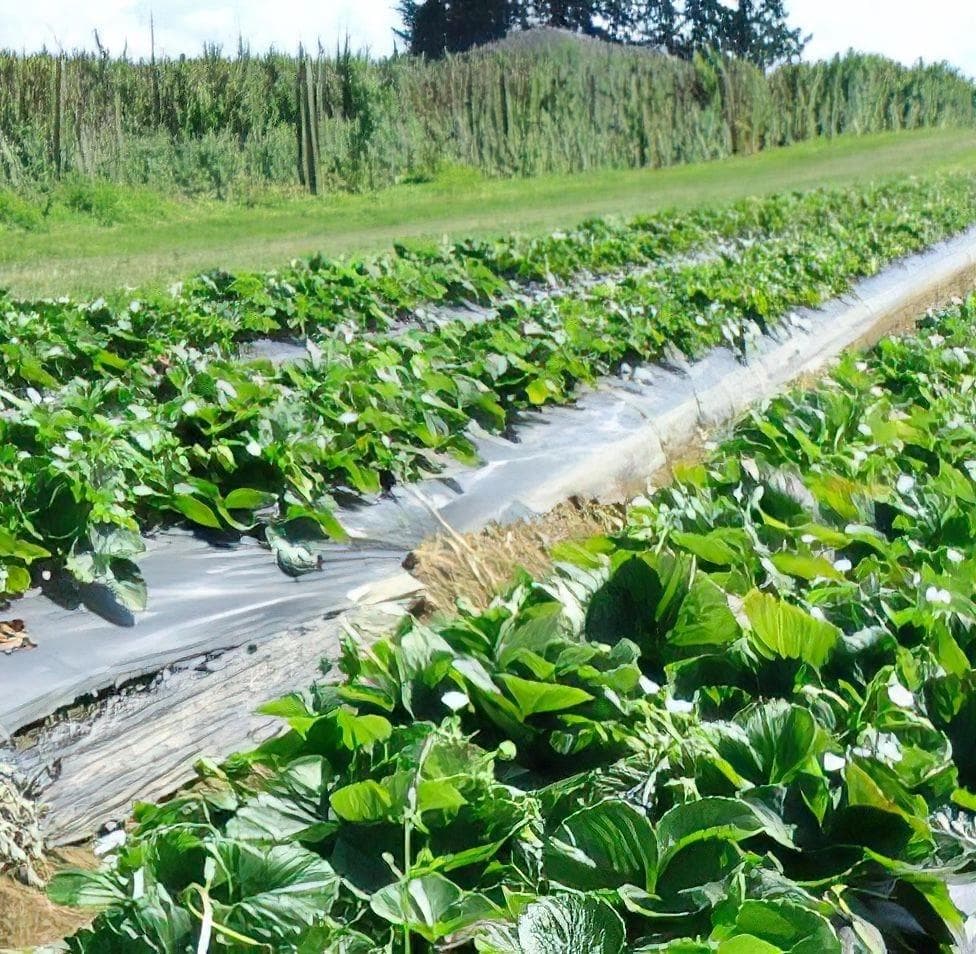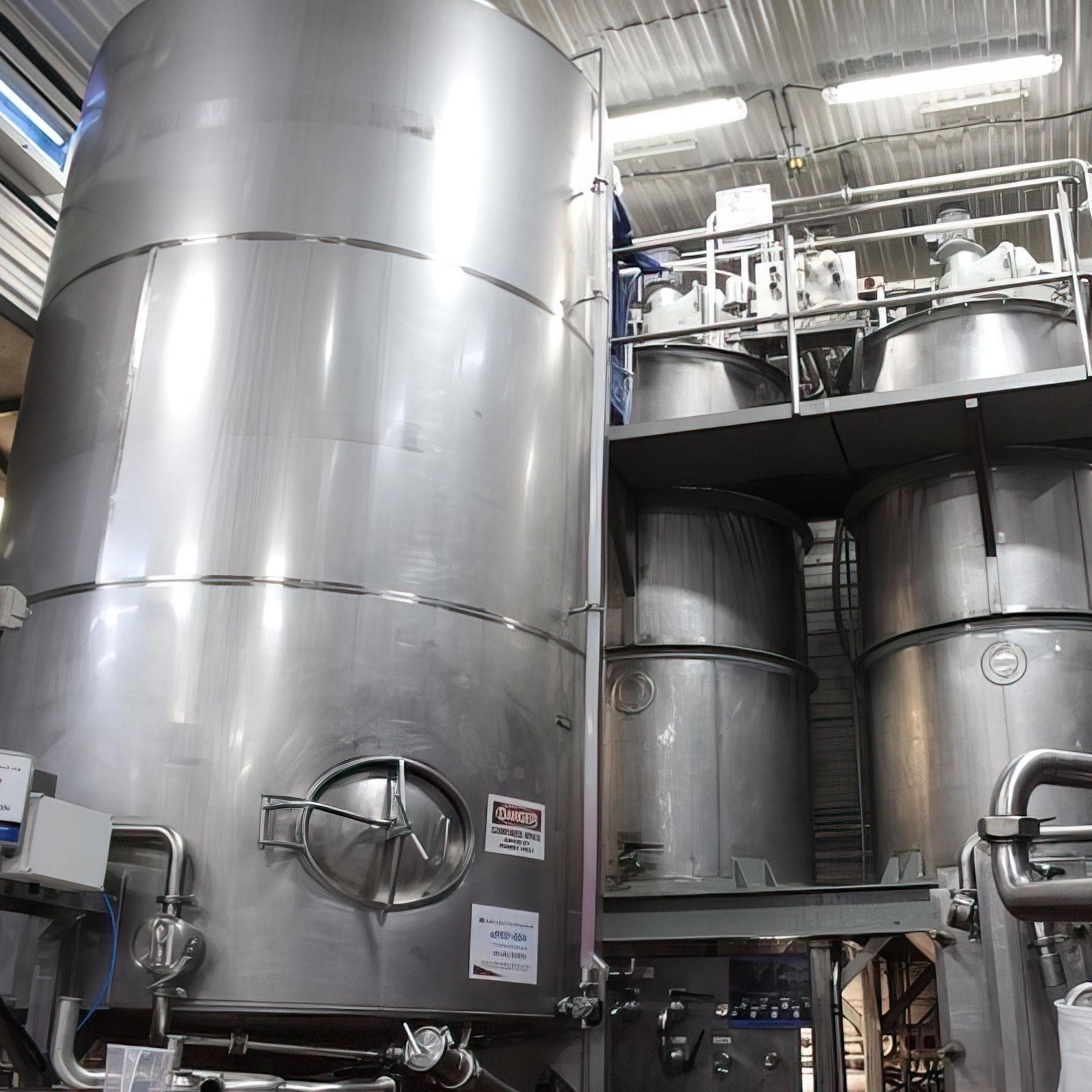

The Problem: IT Support That Wasn’t Cutting It.
For over 40 years, Pacific Coast Fruit Products (PCFP) has been a leader in producing and distributing fresh and frozen fruits and vegetables. With two production facilities and a global customer base, they needed reliable IT systems to keep things running smoothly. But their IT support model was a disaster—outsourced to a distant provider who couldn’t deliver when things went wrong. System downtime, inconsistent backup procedures, outdated software, and a lack of cybersecurity controls exposed them to major risks. Simply put, their IT wasn’t working, and it wasn’t scalable for the future.
The Turning Point: A Wake-Up Call.
PCFP was operating in a high-risk environment. With outdated IT systems and no centralized strategy, their operations were vulnerable to data loss, cyberattacks, and regulatory fines. Their previous IT support wasn’t cutting it. PCFP needed more than band-aid fixes from a distant provider—they needed an IT support partner who could take full control and provide efficient, scalable solutions to fuel their growth. That’s where we came in.


The Solution: A Total IT Overhaul.
First, we conducted a comprehensive IT assessment to assess the current state of their systems, hardware, and processes. The results were clear: PCFP needed to align its IT strategy with its business goals and transform its infrastructure to support long-term growth.
Our Strategy: Fix the Problems. Build for the Future.
We didn’t just patch up the old systems—we transformed PCFP’s entire IT landscape for efficiency and scalability.
Here’s how we did it:
- Hardware + Software Upgrade: Outdated, unsupported systems were swapped out for modern, secure solutions designed to handle current and future needs. No more risks from obsolete technology.
- Cloud Migration: We took their core infrastructure, which was operating in their previous IT Partner’s private data centre, and migrated it to Azure cloud, executing the cutover without any operational downtime.
- Backup + Recovery Revamp: We implemented consistent, reliable backup and recovery processes to ensure critical data and systems were always protected from loss and downtime.
- Cybersecurity Overhaul: We ramped up their IT security protocols, instilling awareness and compliance across the organization and enacting robust monitoring mechanisms to detect and prevent cyberattacks.
- Operational Streamlining: We optimized PCFP’s IT operations, slashing inefficiencies and costs while boosting productivity.
The Impact: Efficient, Scalable IT That Drives Growth.
With our support, PCFP’s IT systems went from chaotic and outdated to secure, streamlined, and scalable. The results were immediate:
- Reduced Operational Costs: No more wasteful spending on outdated hardware and inefficient IT processes.
- Increased System Reliability: With better backup, recovery, and security practices, PCFP’s systems were finally stable and secure.
- Stronger Cybersecurity: A proactive IT security strategy reduced their exposure to data breaches and cyberattacks.
- Scalability: PCFP is now positioned to handle future growth without worrying about IT infrastructure bottlenecks.
The Bottom Line: We Fixed IT, and It Works.
PCFP’s IT overhaul has been a game-changer. They now have the reliable, secure, and scalable IT systems to keep up with their growing business. Our team set PCFP up for success, stepping in to fix their problems when their previous IT provider couldn’t.
Looking for an IT support partner who will get your business where it needs to go? Get in touch—we’ll make sure your IT works for you.



